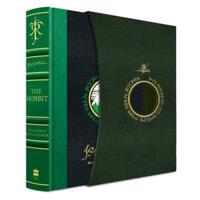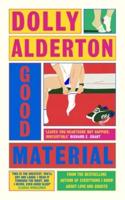Publisher's Synopsis
Sir Thomas More wrote Utopia in 1516. The paintings changed into written in Latin and it turned into published in Louvain (gift-day Belgium). Utopia is a piece of satire, indirectly criticizing Europe's political corruption and non-secular hypocrisy. More became a Catholic Humanist. Alongside his close pal, the philosopher and writer Erasmus, More saw Humanism as a way to mix religion and motive. In depicting Utopia, More steps outdoor the boundaries of orthodox Catholicism, but More's final purpose is to suggest areas of development for Christian society. Is a really perfect country possible? Utopia way "no location" but seems like "accurate area." At the very least, Utopia exposes the absurdities and evils of More's society through depicting an alternative.As a satirist, More continues the lifestyle of Ancient Roman writers like Juvenal and Horace. As a philosopher courageous sufficient to address the idea of the "ideal country," More leans far from Aristotle and toward Plato, author of The Republic. Sustaining the arguments of The Republic, Utopia fashions a society whose rulers are pupils (now not not like Plato's philosopher-king). Though Aristotle changed into against the idea of commonplace assets and the abolition of private belongings, Aristotle's thoughts of aesthetics, justice and harmony are gift within the Utopian's philosophy.A devout Catholic, More turned into beheaded as a martyr in 1535, standing opposed to the principle of the Anglican Church and the King of England's position as the pinnacle of the Church (replacing the Pope in Rome). In the 1530s, More wrote polemical tracts and essays attacking Lutheranism as heresy. All the identical, More's Utopia implies that Utopians are better than a few Christians. St. Augustine's City of God set up the subject matter of the earthly metropolis of God, reiterating the photograph of New Jerusalem provided inside the Biblical Book of Revelations. Utopia is a type of New Jerusalem, a super location on earth. The Puritan experiments of the 1600s (in Britain and in North America) exemplify the programming of Utopian New Jerusalem.








